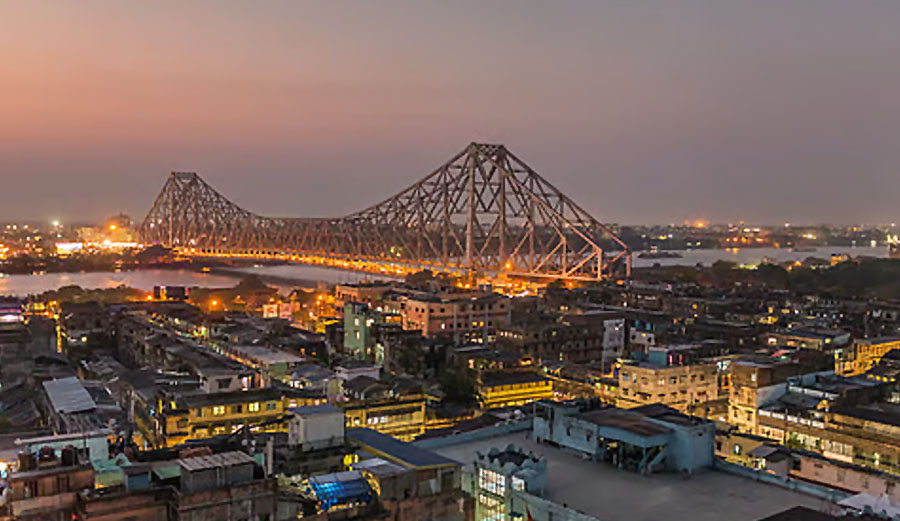Massive, irreversible changes took place in almost every area of our behaviour and economic activity in the last few years.
The new ways have opened up unprecedented growth opportunities and whoever will grab them will hugely gain.
This phenomenon was taking place for quite some time but accelerated post-pandemic.
There is a need to recalibrate business priorities as the ground-level realities changed.
The old ways are dead and new approaches have taken their places.
Change is upon us and we are witnessing that businesses, especially consumer-facing businesses, are responding fast.
Interestingly, this change is affecting the real estate sector in ways nobody thought possible.
This is worth studying as there are opportunities galore in this sub-sector.
Let’s understand the nature of the overwhelming changes.
Growth of Direct-to-Home Business Model
As time passes, Indian consumers are increasingly becoming savvier and savvier. Already, we are witnessing signs of humongous growth in direct-to-home businesses in India.
As more and more young people join the massive consumer pool in India, e-commerce is set to grow even faster. These youngsters are more tech-savvy and comfortable with online transactions.
In fact, the impending 5G launch and higher smartphone penetration are going to boost e-commerce significantly.
In 2022, the Indian ecommerce market is predicted to increase by 21.5%, reaching US$ 74.8 billion.
India’s e-commerce market is expected to reach US$ 111 billion by 2024, US$ 200 billion by 2026, and is expected to reach US$ 350 billion by 2030.
Speed is of the Essence
What is also driving this growth in e-commerce is the speed of order fulfilment. Fast delivery reduces customer irritation and order cancellations.
In some sub-sectors of e-commerce, superfast delivery has become the new normal.
We come across 30 minutes grocery delivery, and same day delivery of meat and fish regularly these days.
Such speedy delivery can only take place if the logistic infrastructure is adequate and smooth. Growth of warehouse spaces is one key parameters of success in this hyper-competitive race for customer acquisition.
Businesses Must Serve the Customer from Nearby
There was a time when the delivery period was rather long for e-commerce. It was not unusual to wait for more than a week after ordering it on the portal.
But customers are expecting yet faster delivery and there is also huge pressure to execute delivery earlier than the competition.
The entire e-commerce business is fighting for better customer satisfaction through faster delivery.
Now, this is only possible if the e-commerce company has a network of the zonal logistic hub and a network of in-city fulfilment centres.
This is the reason why warehouse spaces are in huge demand near Kolkata.
What are the Locational Advantages of Kolkata?
Kolkata has the distinctive advantage of being the gateway to eastern India. Apart from being the principal city of West Bengal, Kolkata is also the hub for the distribution of goods to the north-eastern states, Sikkim, Bhutan, and Nepal.
The importance of Kolkata is slated to improve further after various central and state government road connectivity projects are completed.
This will further speed up goods movement and will significantly boost the logistics sector and cut down operational costs.
Huge Demand for Warehouse Spaces around Kolkata
The future is not far away. It is almost here and now.
Businesses are realising this and on an acquisition spree of high quality, well connected warehouse spaces.
In fact, warehouses near Kolkata have one of the highest utilization rates and a minuscule percentage is empty at any point in time.
“Going forward, nearly 2.5-3 million sq ft of warehousing space is likely to come up across the state in the next 18-36 months at an approximate investment of Rs 750 crore,” a report said in 2020. Since then, the outlook has further brightened, especially after the pandemic vanished, and more logistic spaces are planned in the region.
More than 80 percent of the total upcoming supply will be concentrated in and around the Kolkata clusters.
Kolkata and adjoining areas currently have 17.2 million sq ft of organised warehousing space. More and more logistic parks are coming up near Kolkata with private sector investment.
Businesses even Need Warehouse Spaces in Kolkata
While industries such as FMCG, cement, pharma, and third-party logistics (3PL) players traditionally led warehousing demand in the region, the recent rise in demand could largely be attributed to the fast-paced growth of the e-commerce segment.
No doubt, e-commerce is the biggest growth driver of logistic sector in and around Kolkata nowadays. And e-commerce companies need large logistic hubs on the outskirts of the city but need more small last-mile fulfilment centres within the city itself.
So while the logistic hub of large e-commerce players are usually situated outside the city near highways, smaller fulfilment centres are coming up in the city itself.
The Future is as Rosy as can be
The growth in e-commerce is transformational to the economy of West Bengal. Thousands of small and medium businesses are now supported by the large e-commerce platforms like Amazon and Flipkart and something very positive is happening.
A physical shop can only serve customers within a small geographical area. A shop cannot serve customers 100 km away.
What happens when a shop adopts e-commerce?
Suddenly, the shop starts serving customers beyond the confines of a few sq. km.
It can serve a customer 200 km away.
Obviously, the shop’s turnover can dramatically increase in such a situation.
But for this to happen, a network of logistic infrastructure must be in place.
Warehouses are the most important parts of this network.
And if we study the examples of countries like China where the average distance between the shop and the customer is about 1000 km, we are still early in our journey.
Logistics has created a growth miracle in China, and it will happen here also.
There is a shining future for the logistics sector in West Bengal.






